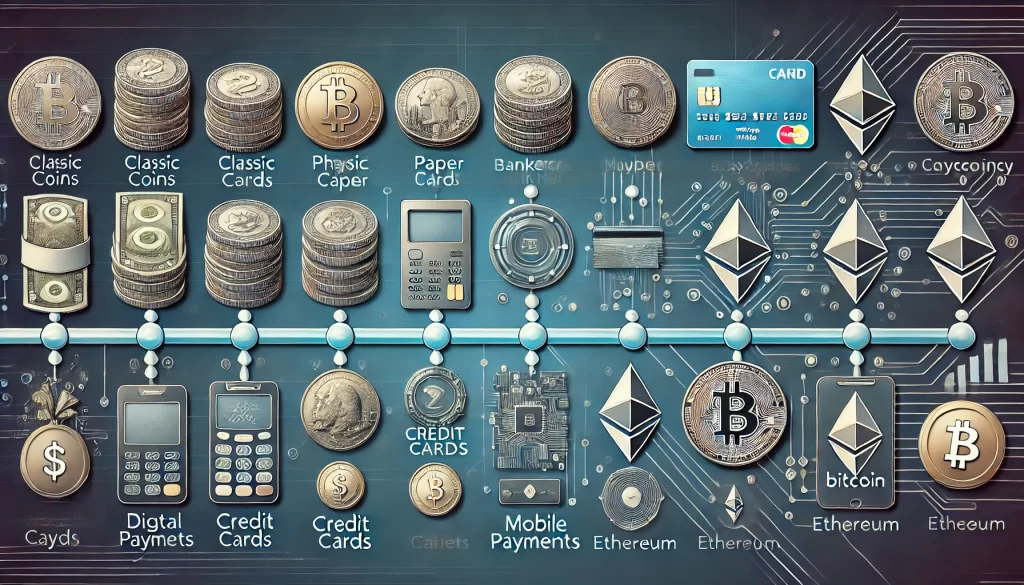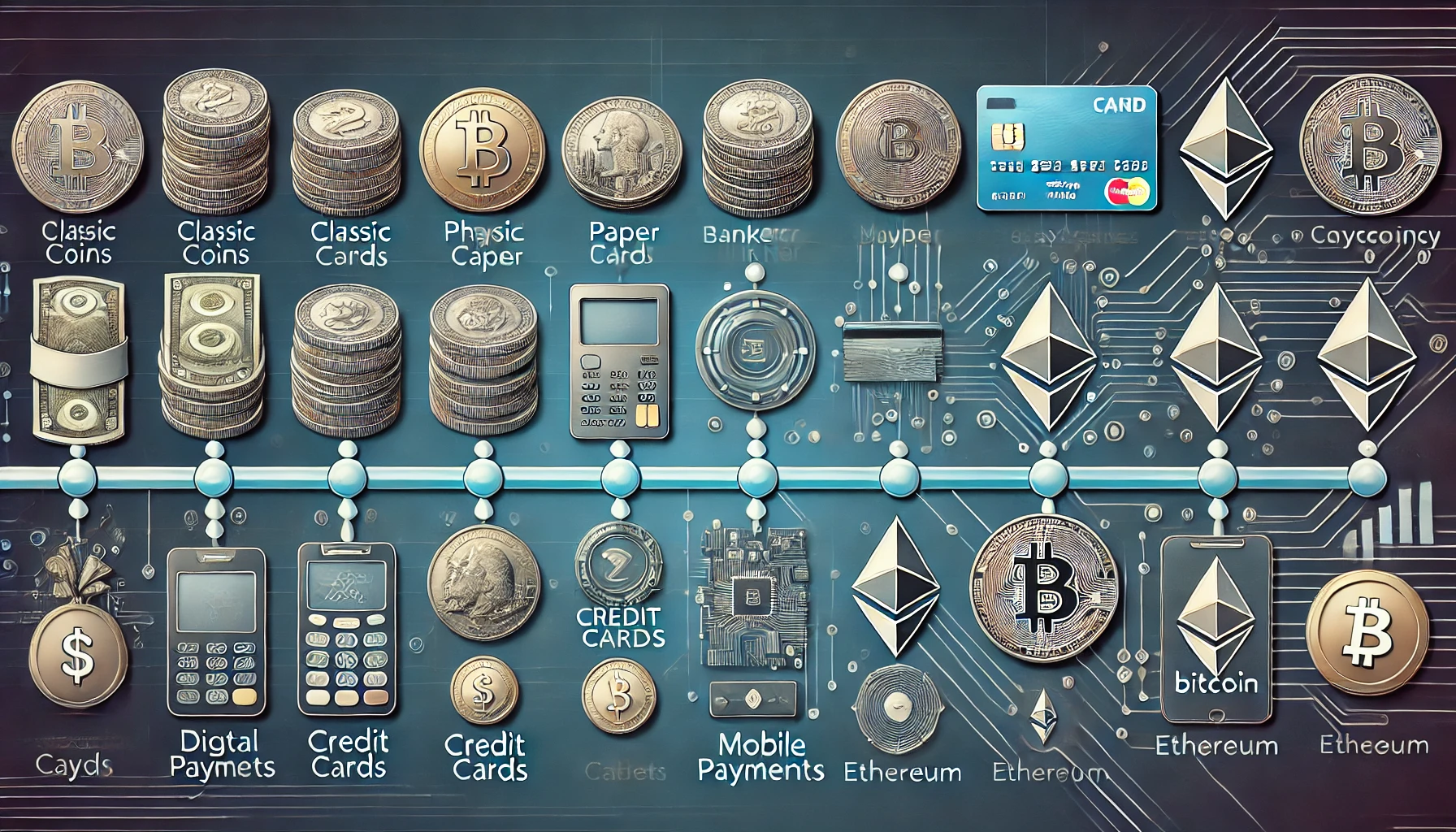The global financial landscape is undergoing rapid transformation, driven by technological advancements, economic shifts, and changing consumer behaviors. As we move into 2025, understanding the key trends shaping the future of money is crucial for individuals, businesses, and policymakers. This article explores the most significant financial trends, the role of digital currencies, emerging investment strategies, and the impact of global economic policies on financial markets.
The Rise of Digital Currencies and Decentralized Finance (DeFi)

Central Bank Digital Currencies (CBDCs)
Many governments worldwide are exploring or implementing Central Bank Digital Currencies (CBDCs) to modernize their financial systems. Countries like China, the European Union, and the United States have made significant progress in CBDC development, aiming to enhance payment efficiency and financial inclusion while reducing reliance on traditional banking systems.
Cryptocurrencies and Blockchain Technology
Cryptocurrencies such as Bitcoin and Ethereum continue to evolve, with greater institutional adoption and regulatory scrutiny. Blockchain technology is also expanding beyond cryptocurrencies, revolutionizing supply chain management, cross-border payments, and secure financial transactions.
Artificial Intelligence and Automation in Finance
AI-Driven Financial Decision Making
Artificial Intelligence (AI) is playing an increasing role in personal finance management, investment strategies, and risk assessment. AI-powered robo-advisors offer automated portfolio management, reducing costs and making investing more accessible to the general public.
Fraud Detection and Cybersecurity
As digital finance expands, so does the risk of cyber threats. Financial institutions are leveraging AI to enhance fraud detection systems, ensuring real-time monitoring and rapid response to security breaches.
Sustainable and Ethical Investing
The Growth of ESG Investments
Environmental, Social, and Governance (ESG) investing is gaining momentum, as investors prioritize sustainability and ethical considerations. Companies that align with ESG principles tend to attract more capital, influencing corporate strategies worldwide.
Green Bonds and Sustainable Finance Initiatives
Governments and corporations are issuing green bonds to finance environmentally friendly projects. These bonds are helping drive the transition to renewable energy, sustainable agriculture, and carbon-neutral initiatives.
The Future of Payment Systems

The Decline of Cash Transactions
Contactless payments, digital wallets, and mobile banking are replacing cash transactions globally. In many countries, cash usage has declined significantly, pushing businesses and consumers toward digital-first financial interactions.
Cross-Border Transactions and Fintech Innovations
Fintech companies are disrupting traditional banking by offering faster, cheaper, and more efficient cross-border payment solutions. Services like blockchain-based remittances and instant money transfers are reducing dependence on outdated financial systems.
Economic Policies and Global Financial Stability
Inflation Control and Interest Rate Adjustments
Central banks worldwide are implementing monetary policies to manage inflation and stabilize economic growth. Interest rate adjustments play a critical role in controlling inflation and maintaining financial stability.
Global Trade and Geopolitical Influences
Trade agreements, economic sanctions, and geopolitical tensions significantly impact global financial markets. Businesses must adapt to changing policies that affect currency exchange rates, supply chains, and investment opportunities.
Global Financial Trends Overview
| Trend | Impact |
|---|---|
| Digital Currencies | Faster transactions, reduced banking dependency |
| AI in Finance | Improved decision-making, enhanced cybersecurity |
| ESG Investing | Sustainable growth, ethical corporate behavior |
| Decline of Cash | Increased digital payment adoption |
| Inflation Control | Economic stability, purchasing power management |
Conclusion: Preparing for the Financial Future
The financial landscape in 2025 is set to be more digital, automated, and sustainable. Businesses, investors, and individuals must adapt to these trends to navigate the evolving economic environment successfully. By staying informed and embracing new financial technologies, we can take advantage of emerging opportunities while mitigating potential risks.

